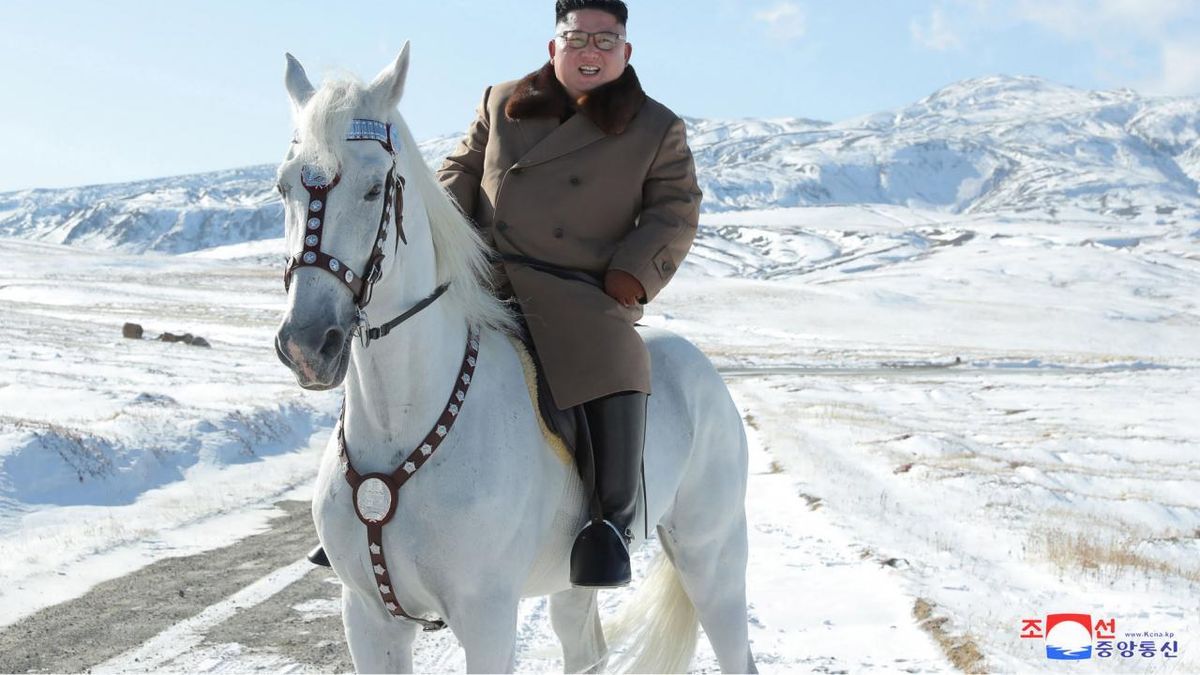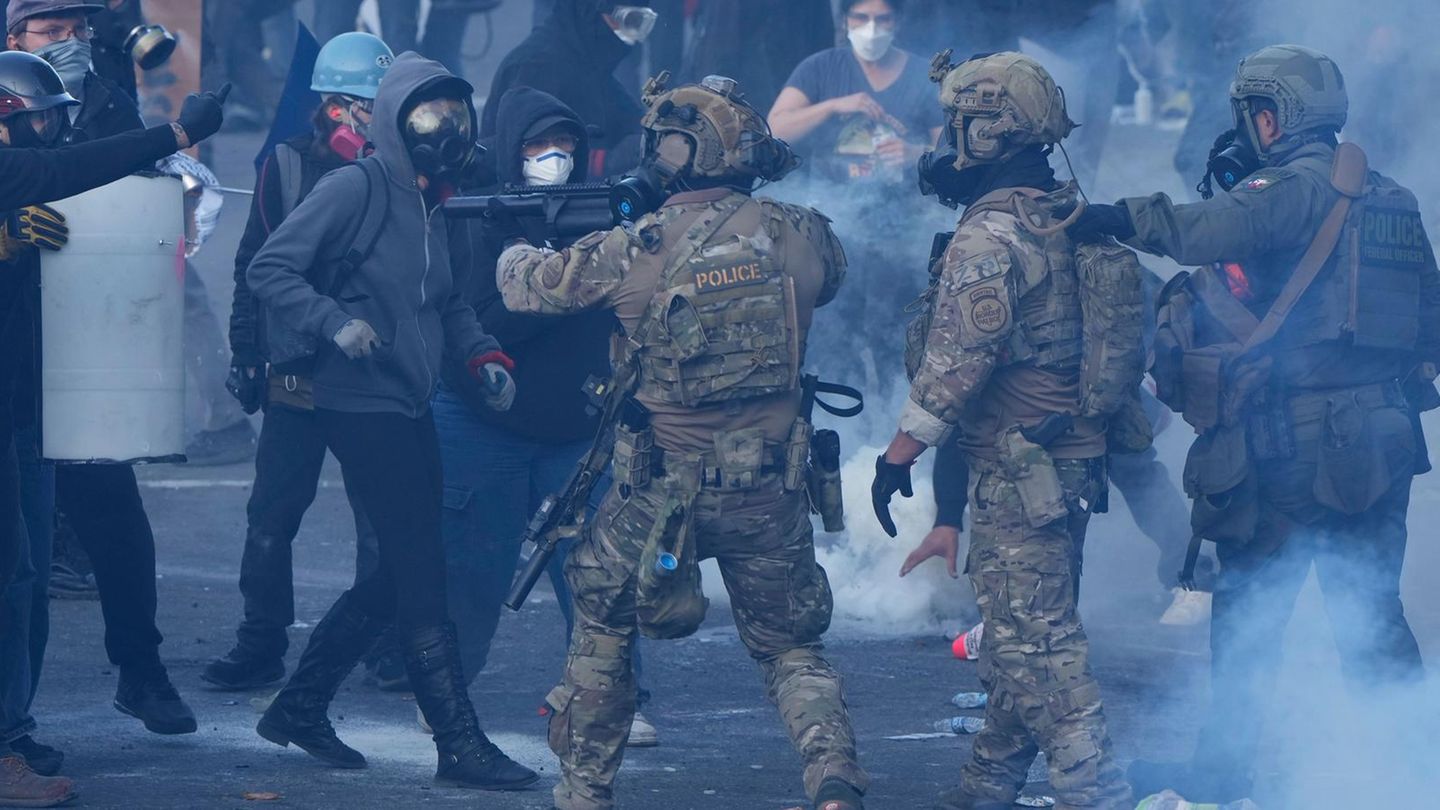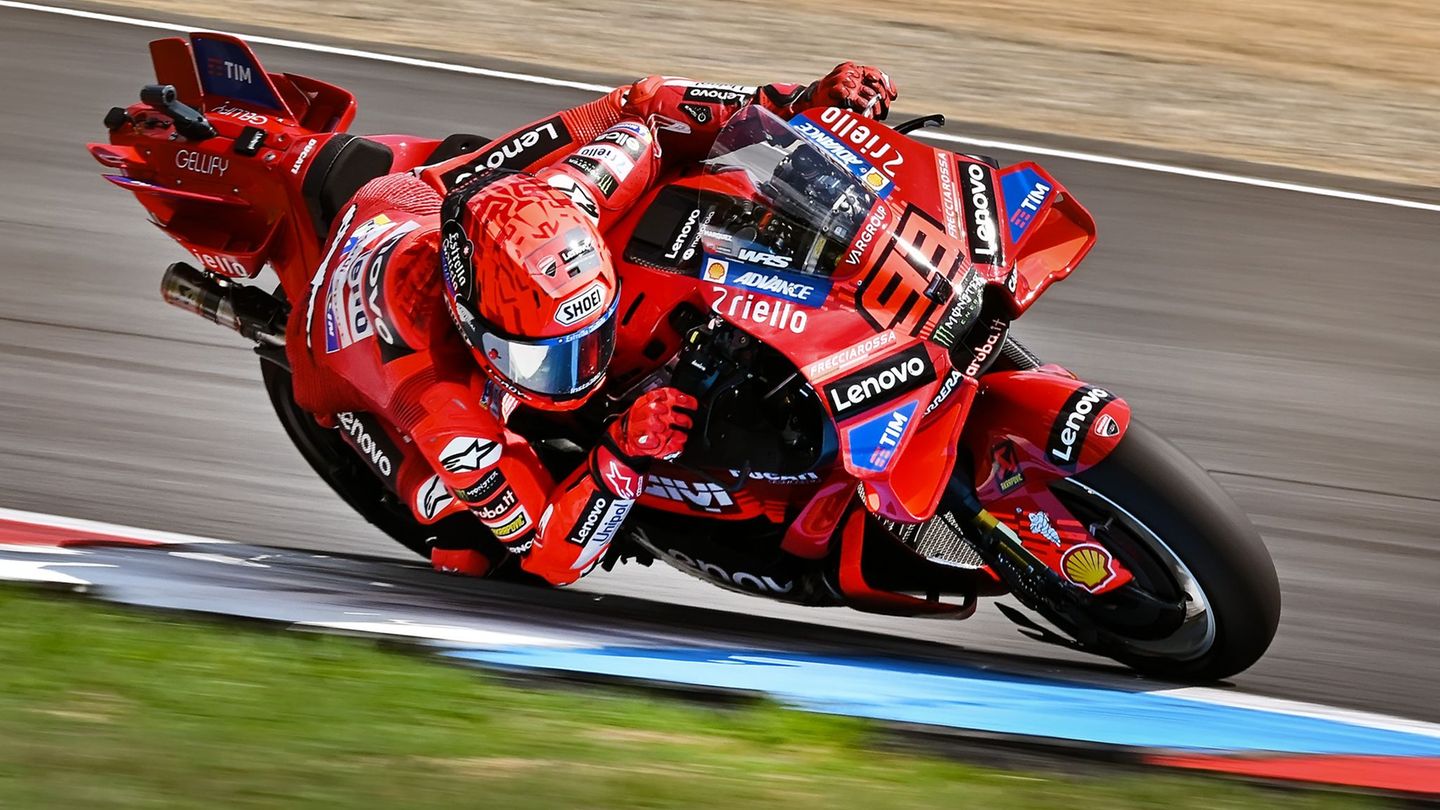His first ten years in office allow a glimpse of his future trajectory, betting on the development of nuclear weapons to move from isolation to make a place on the international geopolitical board.
“North Korea will maintain its confrontation with the United States and harassment by challenging him tactically, but making sure not to cross the line so as not to completely derail relations, “Kim Jin-ha, a researcher at the Institute for National Unification of Korea, told AFP.
For more than six years, after inheriting the power of his father and predecessor at the age of 27 Kim Jong-il, who died on December 17, 2011, Kim did not leave his isolated country or meet with any foreign head of state.
Kim Jong-un
Kim Jong-un’s decision ends months of swapping after the thaw.
Photo: Reuters
Initially seen as a puppet of North Korean generals and Labor Party bureaucrats, Kim Jong-un brutally consolidated his authority in 2013, executing his uncle Jang Song Thaek for treason.
He was also singled out for the nerve agent murder of his older half brother. Kim Jong-nam at the Kuala Lumpur airport.
At the same time, Kim accelerated North Korea’s banned nuclear program.
Four of the six nuclear tests conducted by North Korea were under his mandate. And in 2017 it launched ballistic missiles with the capacity to reach the entire territory of the United States, defying the increasingly severe sanctions of the United Nations Security Council.
For months, he exchanged fierce messages with the US president Donald Trump, feeding fears of an armed conflict.
But then he declared the country’s nuclear arsenal “complete” and knocked on the door of the outside world.
With the help of the pacifist South Korean president Moon Jae-in, in 2018 Kim became the first North Korean leader to meet with an incumbent US president at a summit in Singapore.
Soo Kim, an analyst at the RAND Corporation, says it was Pyongyang’s nuclear arsenal that made the meeting possible.
“The development of North Korea, of its arms program, the credibility of the nuclear and missile threat and the fortuitous convergence of leaderships (Trump, Moon and Kim) helped to prepare the conditions”, says this expert.
After the first meeting, Trump said he had established “a special bond”, even spoke of “love”, with the person whom he had previously called “little rocket man.”
That same year, Kim Jong-un had contacts with Moon and several meetings with the Chinese Xi Jinping, Pyongyang’s main ally.
“The cruel, comic-looking dictator had become a reformist, pacifist and responsible manager of nuclear arsenals and gulags, possibly bent on denuclearization,” says Sung-yoon Lee, professor of Korean Studies at Tufts University.
But the romance was short-lived: A second summit between Trump and Kim in Hanoi failed over disagreements over the withdrawal of sanctions and the concessions Pyongyang would make in return.
A later encounter in the demilitarized zone that divides the Korean peninsula did not serve to break the blockade.
Senior officials and analysts assure that Kim Jong-un was never willing to completely renounce his nuclear arsenal, for which North Korea has worked for decades with a high cost in resources and isolation, and that it is still under development.
“He cannot feed his people, but he manages to maintain the political survival of the regime” with his weapons, says Soo Kim of the RAND Corporation. “And that’s more important to Kim,” he adds.
And with the United States and China heading for a long period of tensions, Kim has a chance to emulate his grandfather Kim Il-sung.
The founder of North Korea took advantage of the tensions between Moscow and Beijing to confront the two communist countries.
The links between Pyongyang and Beijing forged when they joined forces in the Korean War were “a love-hate relationship between two friend-enemies,” said Professor Lee.
“Neither adores the other, but recognizes that the other is their best ally in terms of strategy, ideology, history and in containing the United States, the common adversary,” he added.
Although the North Korean dynastic regime bases its legitimacy on nationalist and arms issues, Kim Jong-un only has to look beyond the border with China to see how economic prosperity can boost the popularity of a one-party country.
But to Beijing’s frustration, the North’s nuclear development stands in contrast to the mismanagement of its economy, even before sanctions, which has led its population to suffer from chronic food shortages.
With a vulnerable healthcare system, it closed its borders last year following the coronavirus emergency in China, a self-imposed blockade that still stands today.
Although many analysts doubt it, Pyongyang says it did not register any case of Covid-19. Yet Kim has recognized the resulting adversities and prepares his population for the “worst case scenario.”
“Economically, North Korea is at the bottom of the international order,” says Park Won-gon, a professor of North Korean studies at Ewha Womans University in Seoul.
“But with its nuclear arsenal, it is able to exert its influence between two world powers, the United States and China,” he adds. “I would call it a considerable success for Pyongyang,” he says.
Source From: Ambito
David William is a talented author who has made a name for himself in the world of writing. He is a professional author who writes on a wide range of topics, from general interest to opinion news. David is currently working as a writer at 24 hours worlds where he brings his unique perspective and in-depth research to his articles, making them both informative and engaging.




